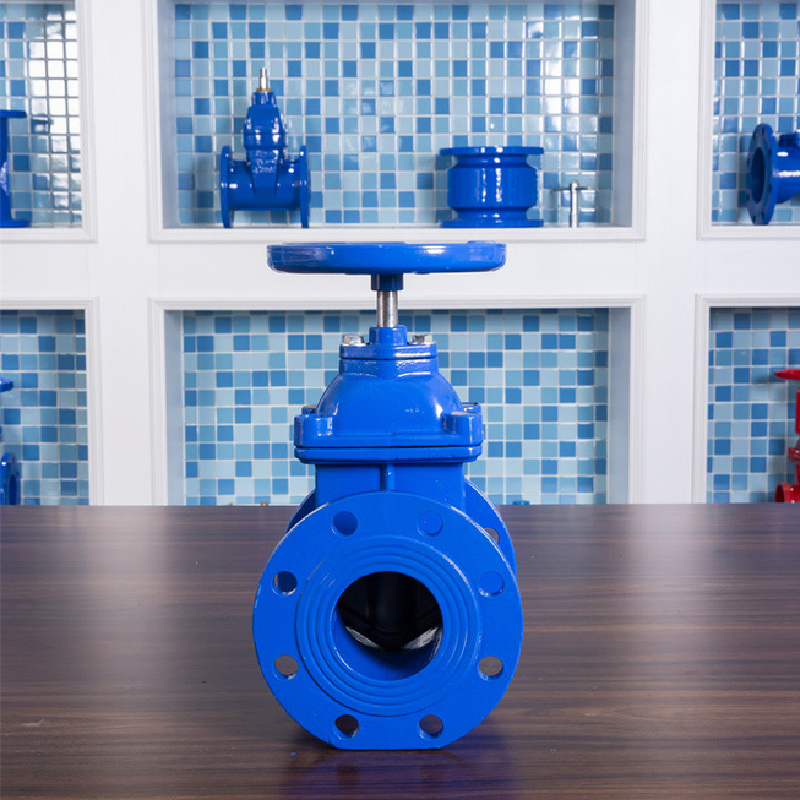dec. . 13, 2024 14:13 Back to list
platform inspection
Platform Inspection Ensuring Safety and Compliance
Platform inspection is a critical process in various industries, particularly in construction, manufacturing, and transportation. It involves the systematic evaluation of platforms, whether they are scaffolding, workstations, or transportation facilities. The primary goal of platform inspection is to ensure safety, compliance with regulatory standards, and the overall integrity of the structures being used in daily operations.
Importance of Platform Inspection
The importance of platform inspection cannot be overstated. First and foremost, ensuring the safety of personnel who utilize these platforms is paramount. Platforms that are not regularly inspected can develop structural weaknesses, leading to accidents that may result in severe injuries or fatalities. A robust inspection program can identify potential risks before they lead to disastrous consequences.
Moreover, regular inspections help organizations comply with legal and regulatory requirements. Many industries are governed by strict safety regulations that mandate regular checks and maintenance of equipment and structures. Failure to comply can result in hefty fines, legal complications, and damage to an organization's reputation. Thus, maintaining adherence to safety standards not only protects workers but also safeguards a company's interests.
Components of a Thorough Inspection
A comprehensive platform inspection typically involves several critical components. Inspectors assess the physical condition of the platform, checking for any signs of wear and tear, corrosion, or structural damage. They also examine safety features like guardrails, ladders, and non-slip surfaces to ensure they are functional and meet safety standards.
Additionally, inspections often include evaluating the load capacity of platforms. Overloading is a common cause of accidents, and underestimating the weight a platform can bear can have dire consequences. Inspections help ensure that platforms are used within their designated limits and that any changes in usage don’t exceed safe thresholds.
platform inspection

Documentation is another essential aspect of platform inspections. Keeping detailed records of each inspection helps track the history and condition of the platforms over time. This information is invaluable for identifying recurring issues and maintaining compliance with regulatory standards.
Best Practices for Platform Inspection
To optimize the effectiveness of platform inspections, certain best practices should be followed. First, inspections should be conducted by trained and certified personnel who understand the specific requirements of the platforms being assessed. Their expertise is crucial in identifying issues that may not be apparent to untrained eyes.
Regular inspection schedules should be established based on the usage and environmental factors affecting the platforms. For instance, platforms exposed to harsh weather conditions may require more frequent inspections than those used in controlled environments.
Furthermore, organizations should foster a culture of safety within their workforce. Employees should be encouraged to report any concerns or irregularities they observe during their regular use of the platforms. This proactive approach empowers workers and enhances the overall safety environment.
Conclusion
In conclusion, platform inspection is an indispensable part of ensuring safety and compliance in various industries. By identifying potential hazards, adhering to regulatory standards, and promoting a culture of safety, organizations can protect their workers and maintain operational integrity. Investing time and resources into regular inspections not only enhances safety but also contributes to a more efficient and productive work environment, ultimately leading to long-term success for any organization.
-
Precision Manufacturing with Advanced Spline Gauge DesignNewsJul.31,2025
-
Industrial-Grade Calibrated Pin Gauges for Exact MeasurementsNewsJul.31,2025
-
Industrial Filtration Systems Depend on Quality Filter DN50 SolutionsNewsJul.31,2025
-
High-Performance Gate Valve WholesaleNewsJul.31,2025
-
Granite Surface Plate The Ultimate Solution for Precision MeasurementNewsJul.31,2025
-
Granite Industrial Tools The Ultimate Guide for Bulk BuyersNewsJul.31,2025
Related PRODUCTS









